On Location with BBC Mammals

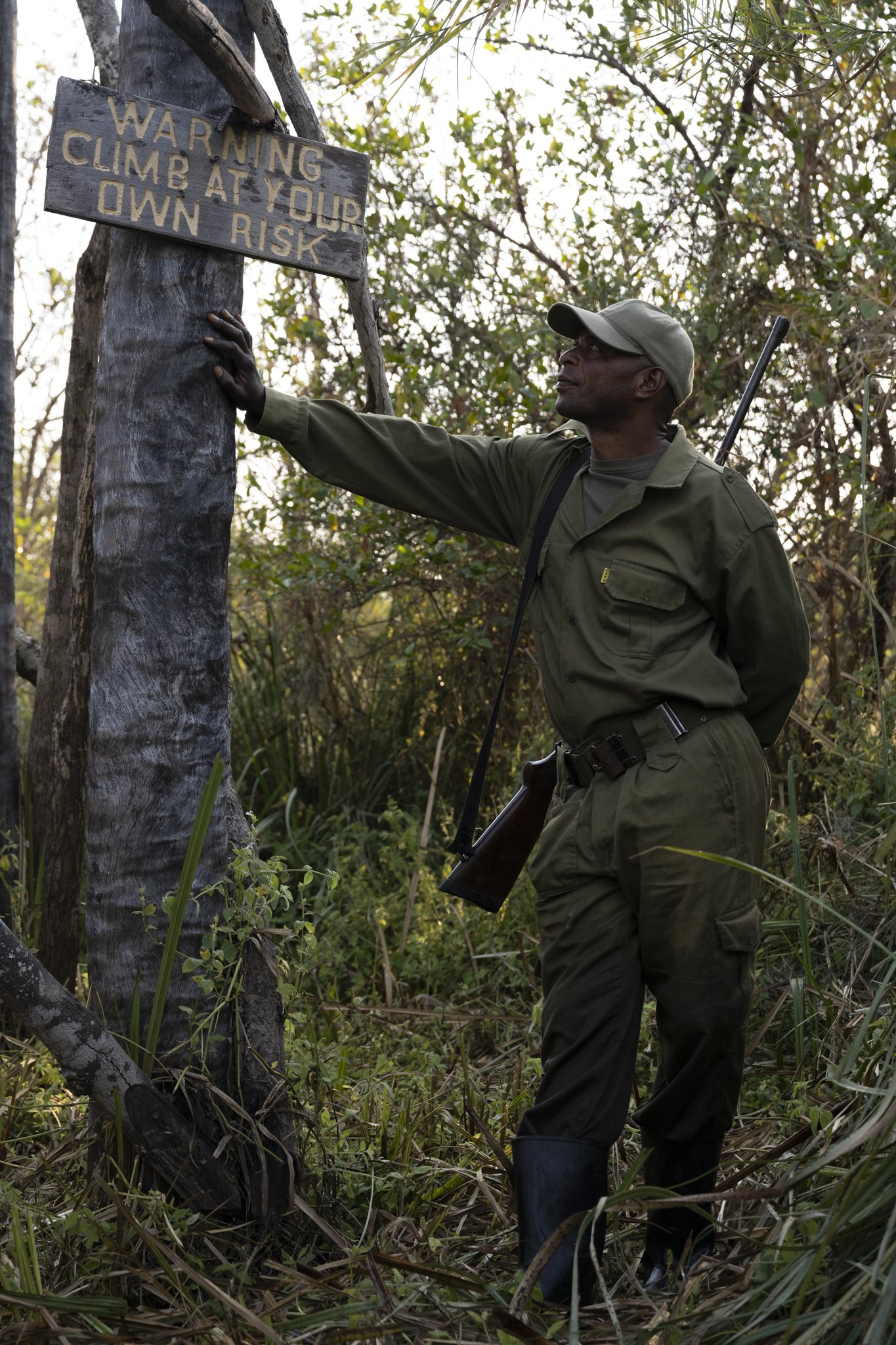
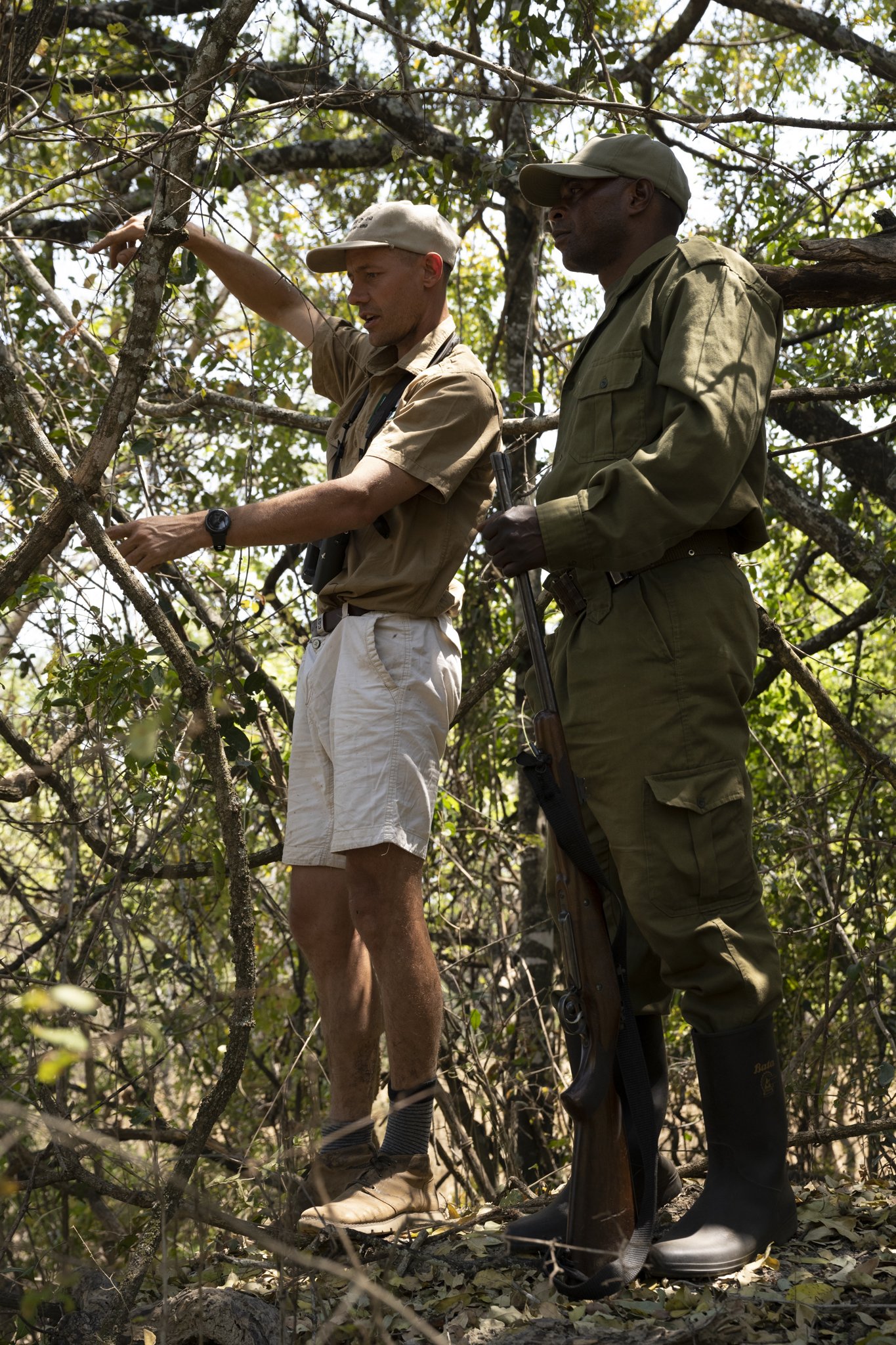
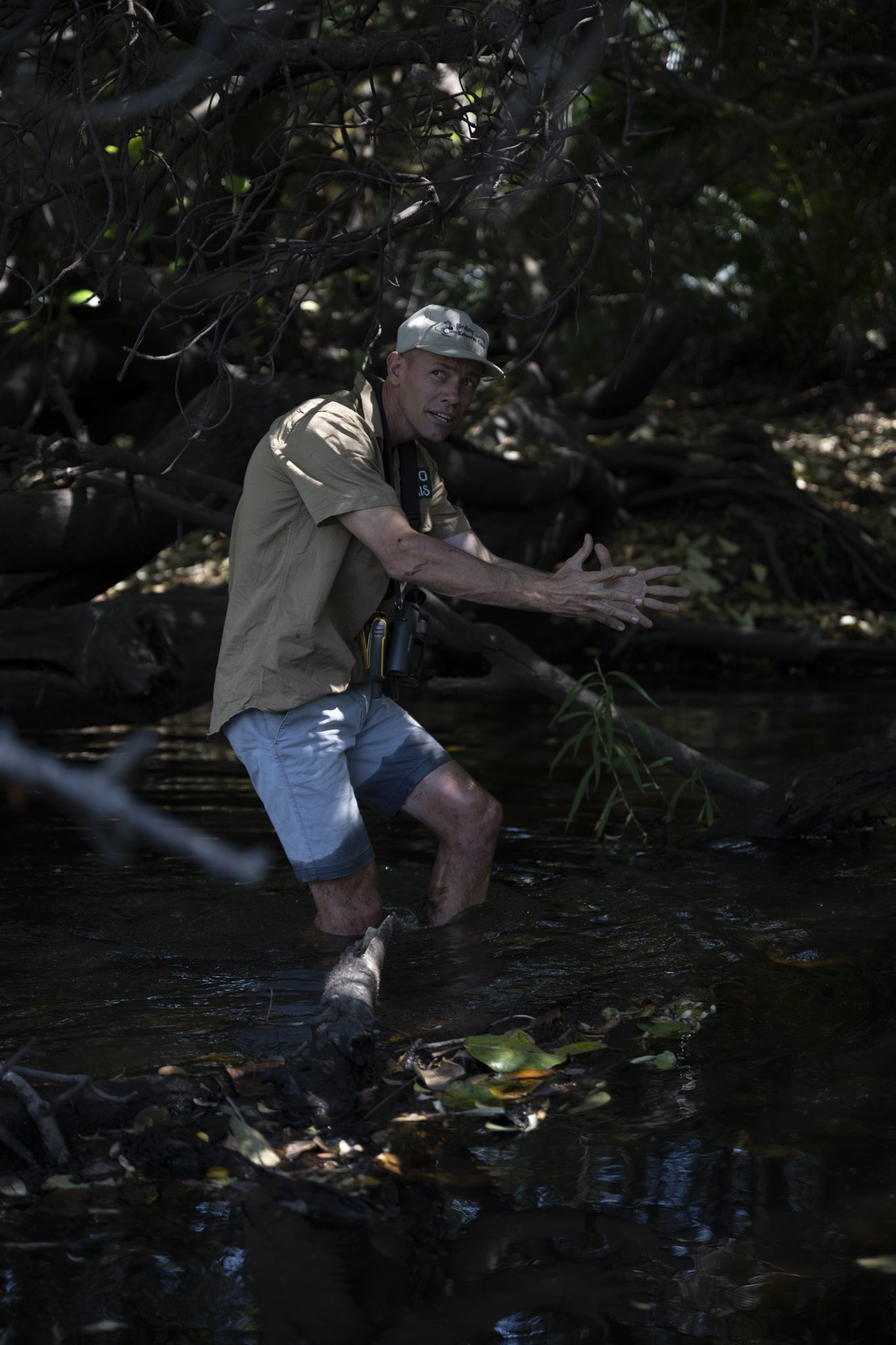

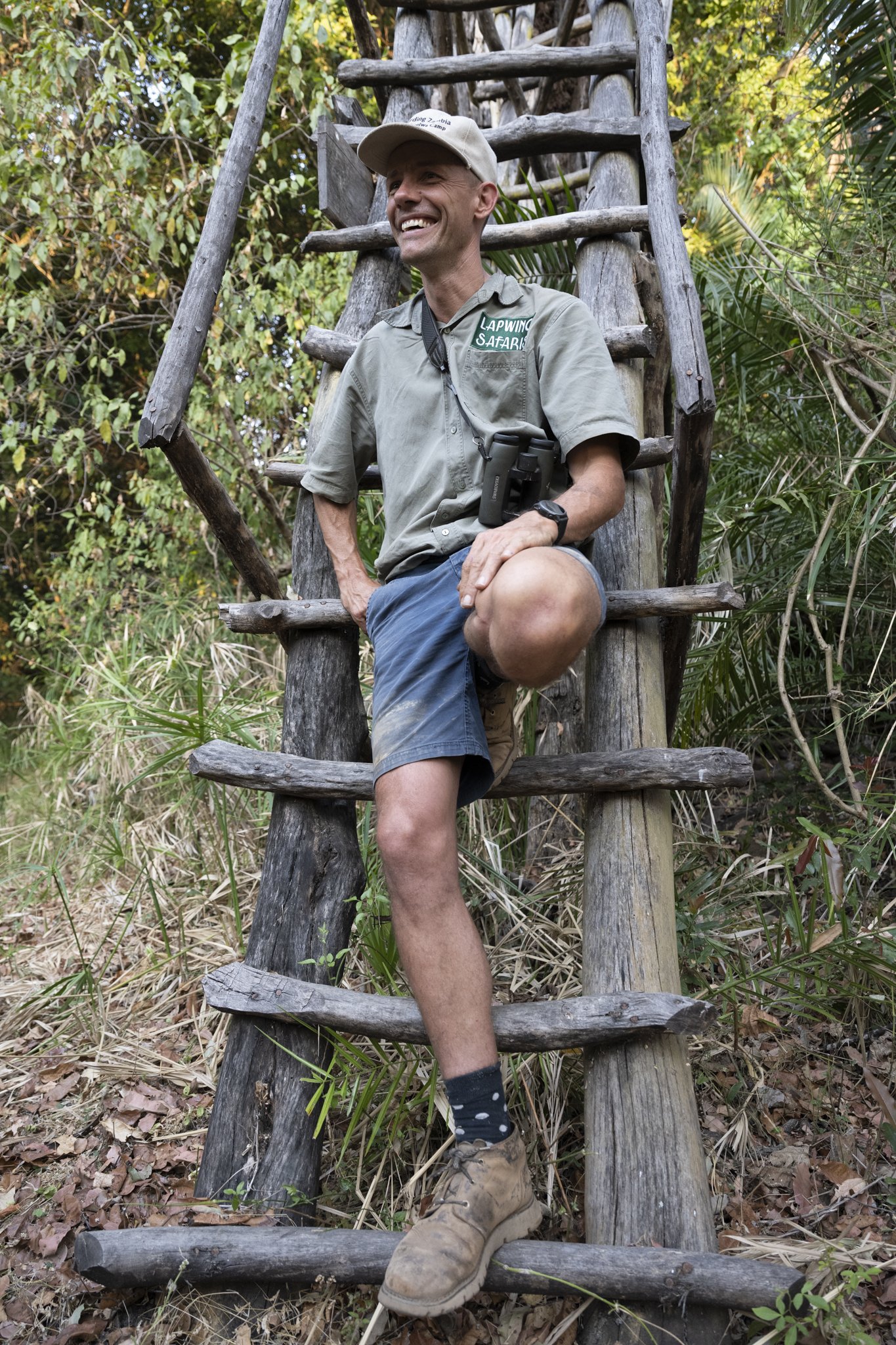



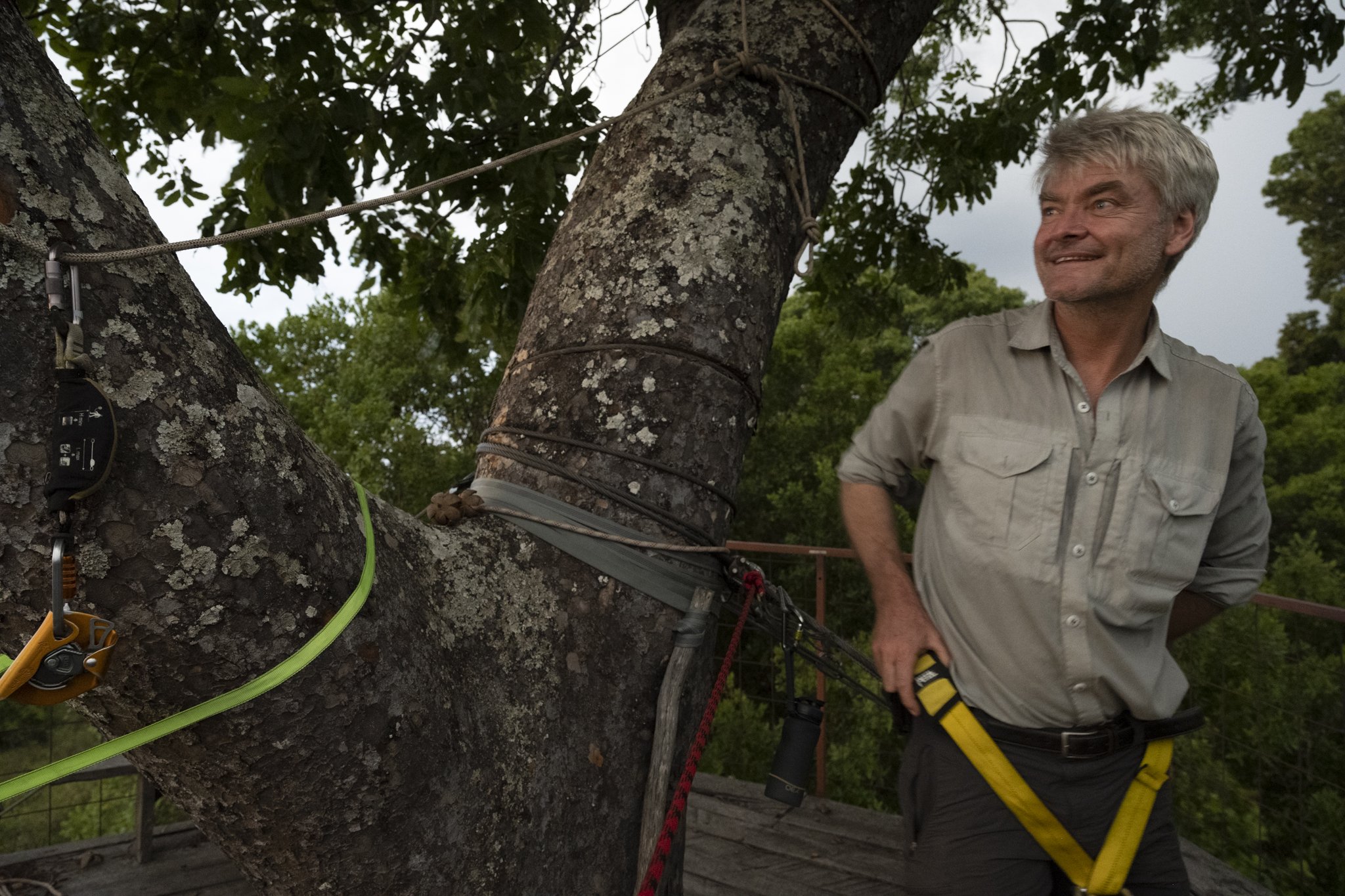
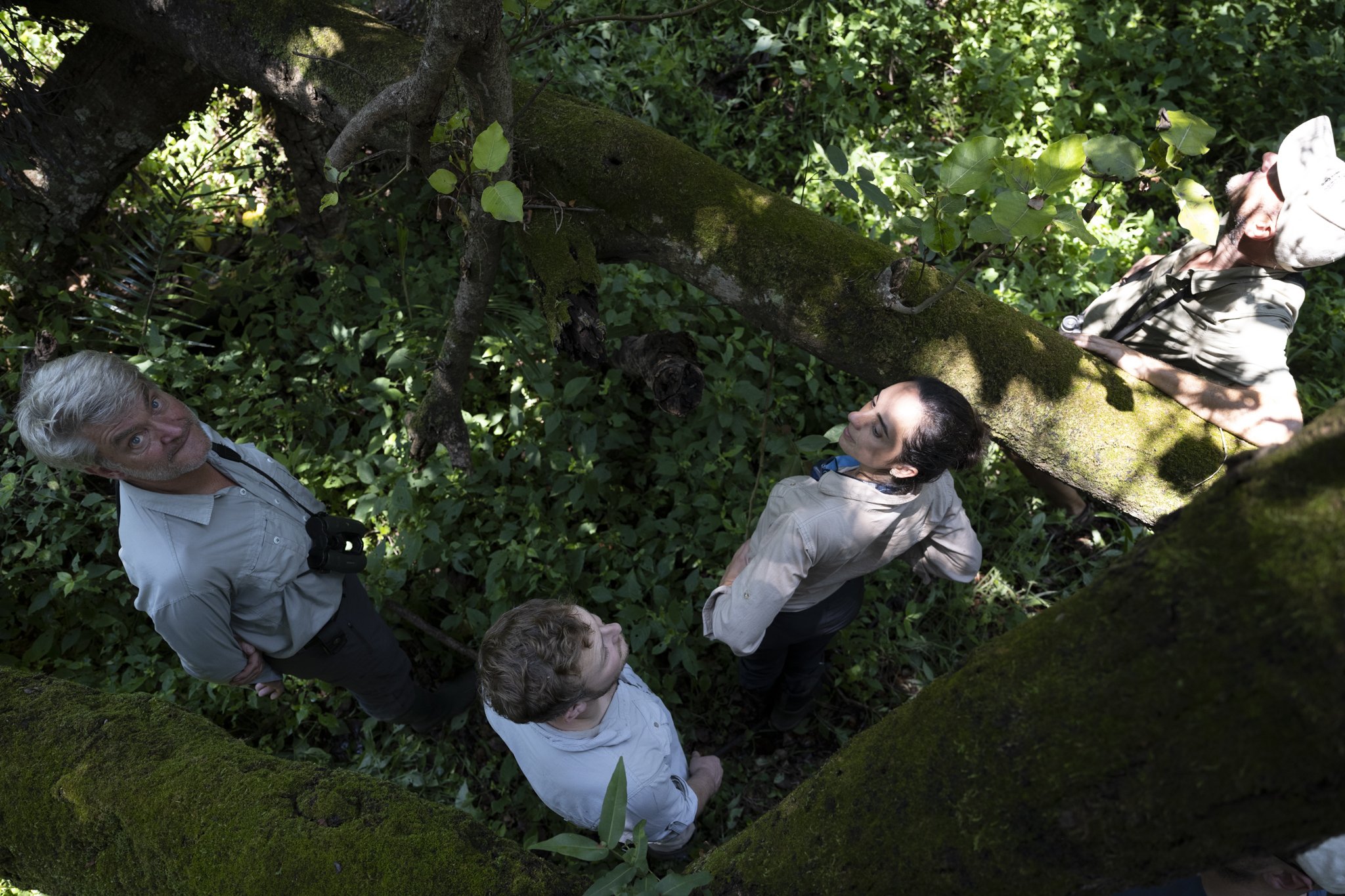
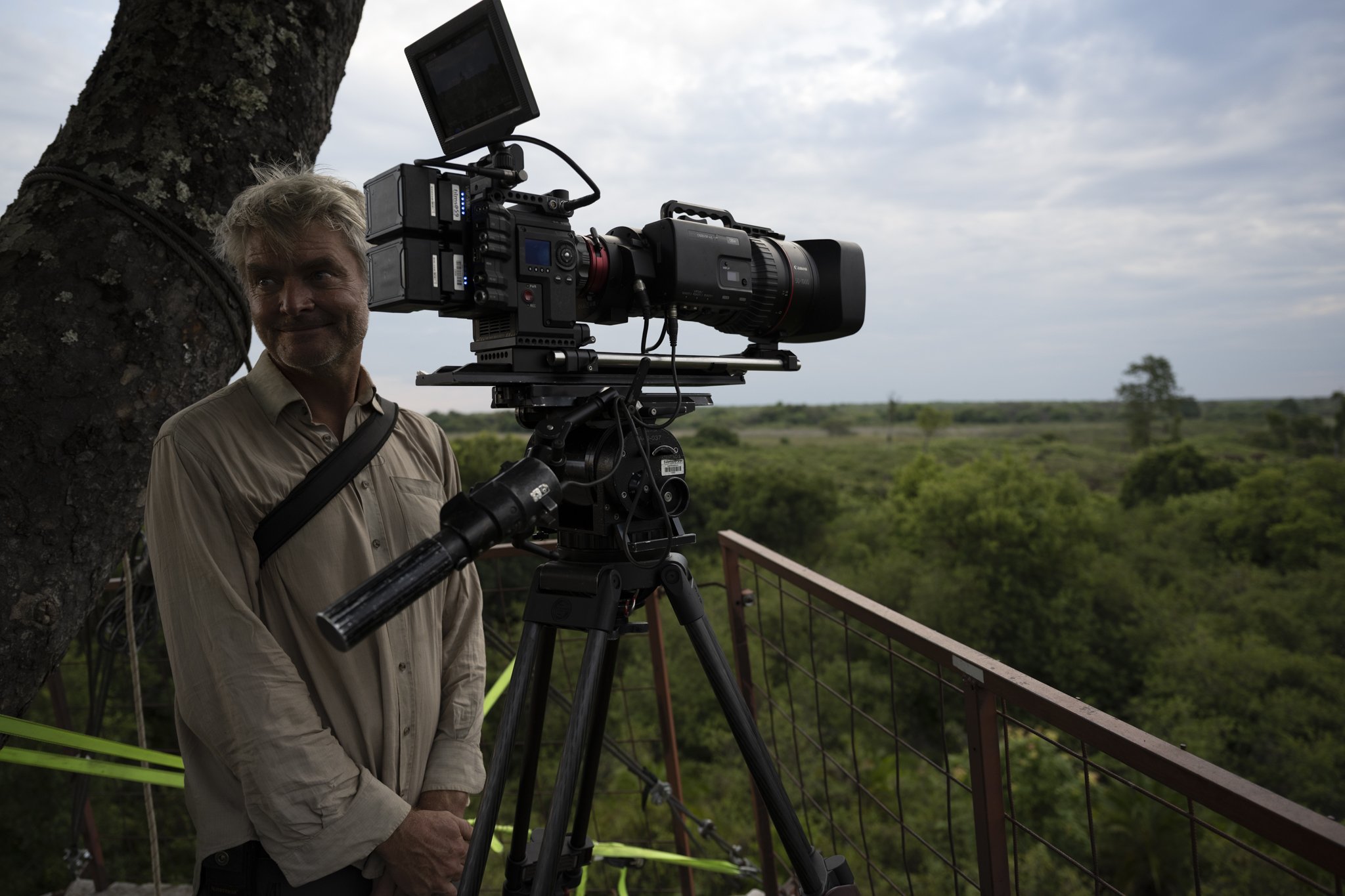

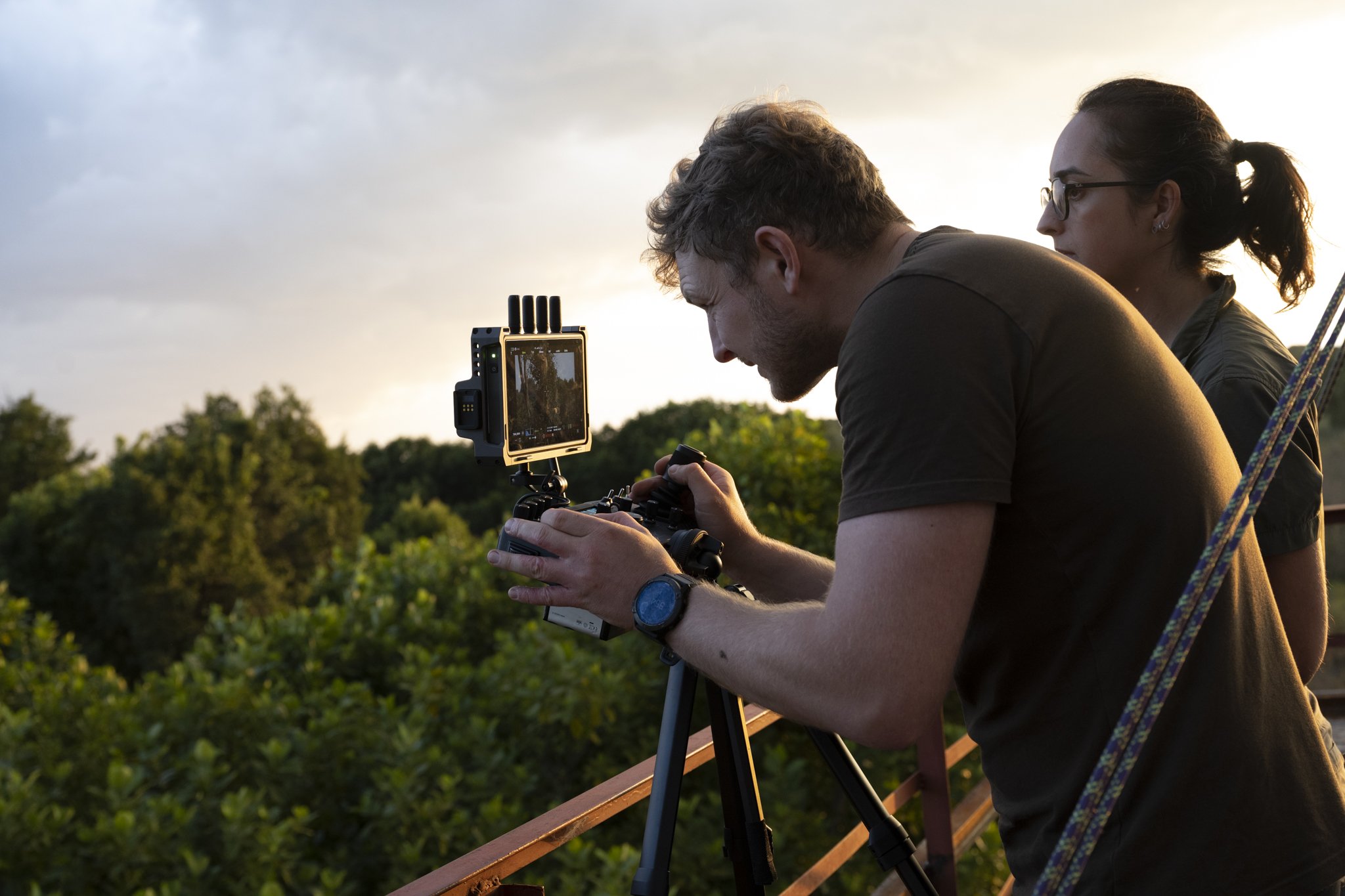
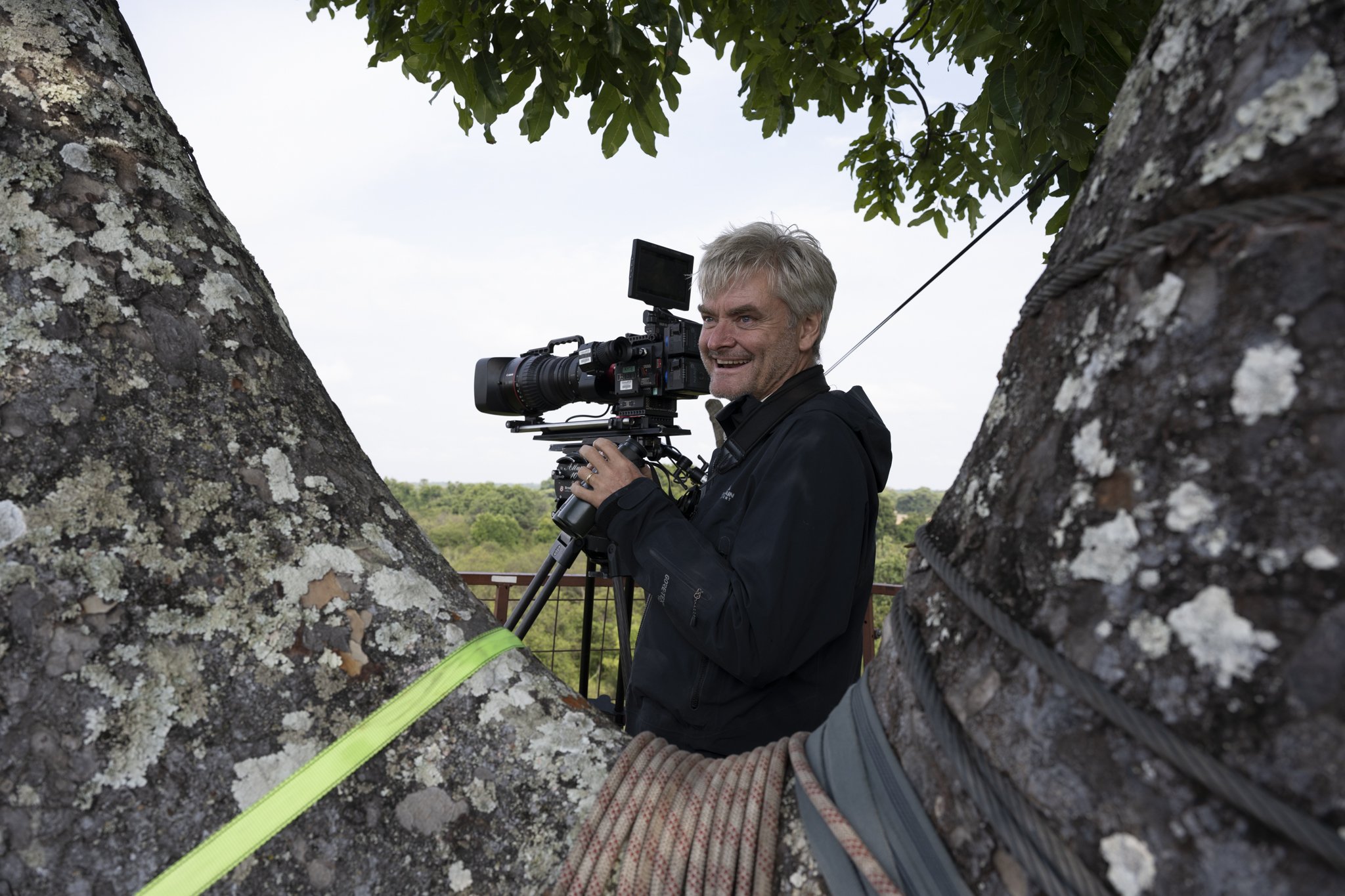
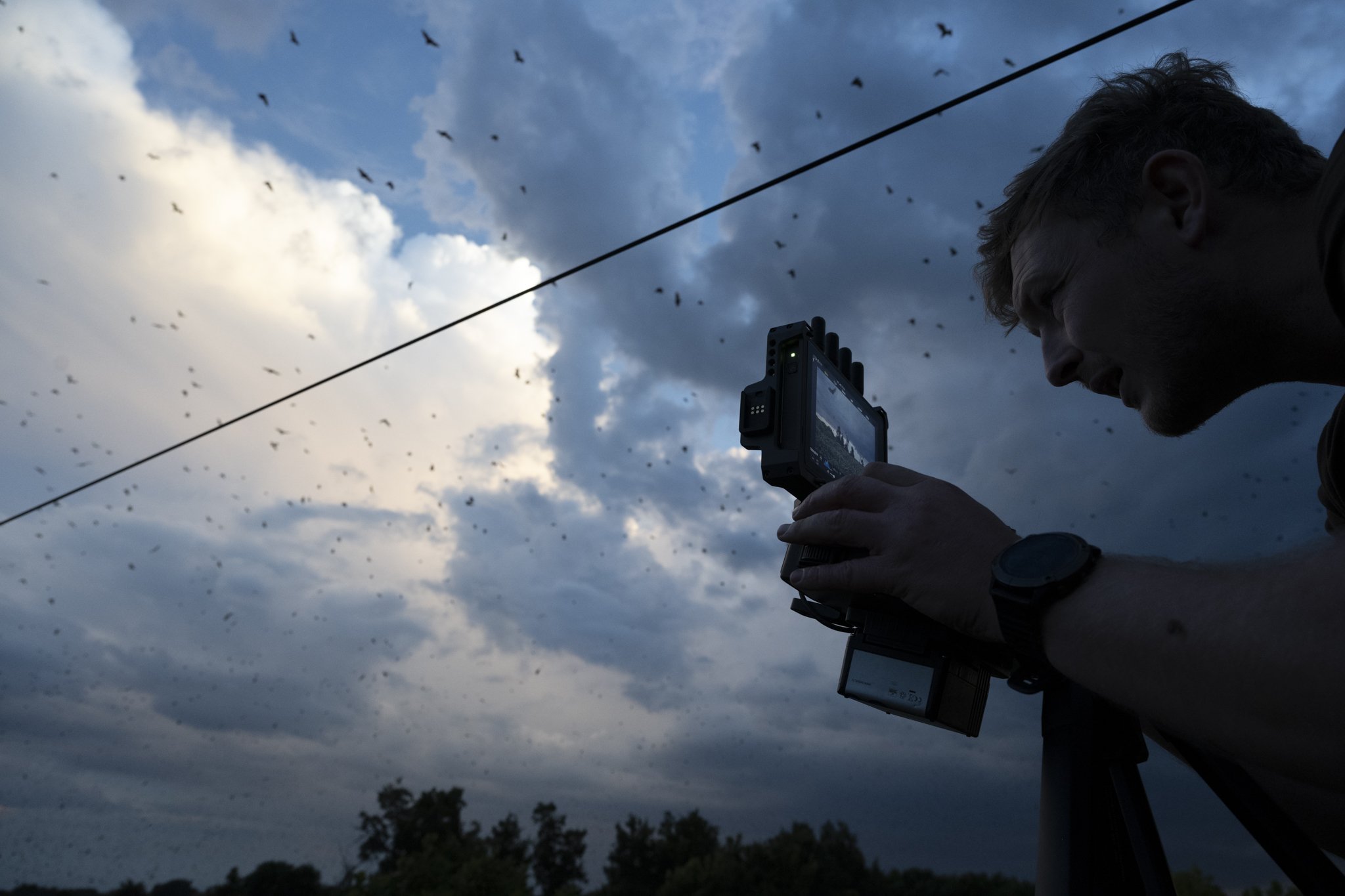
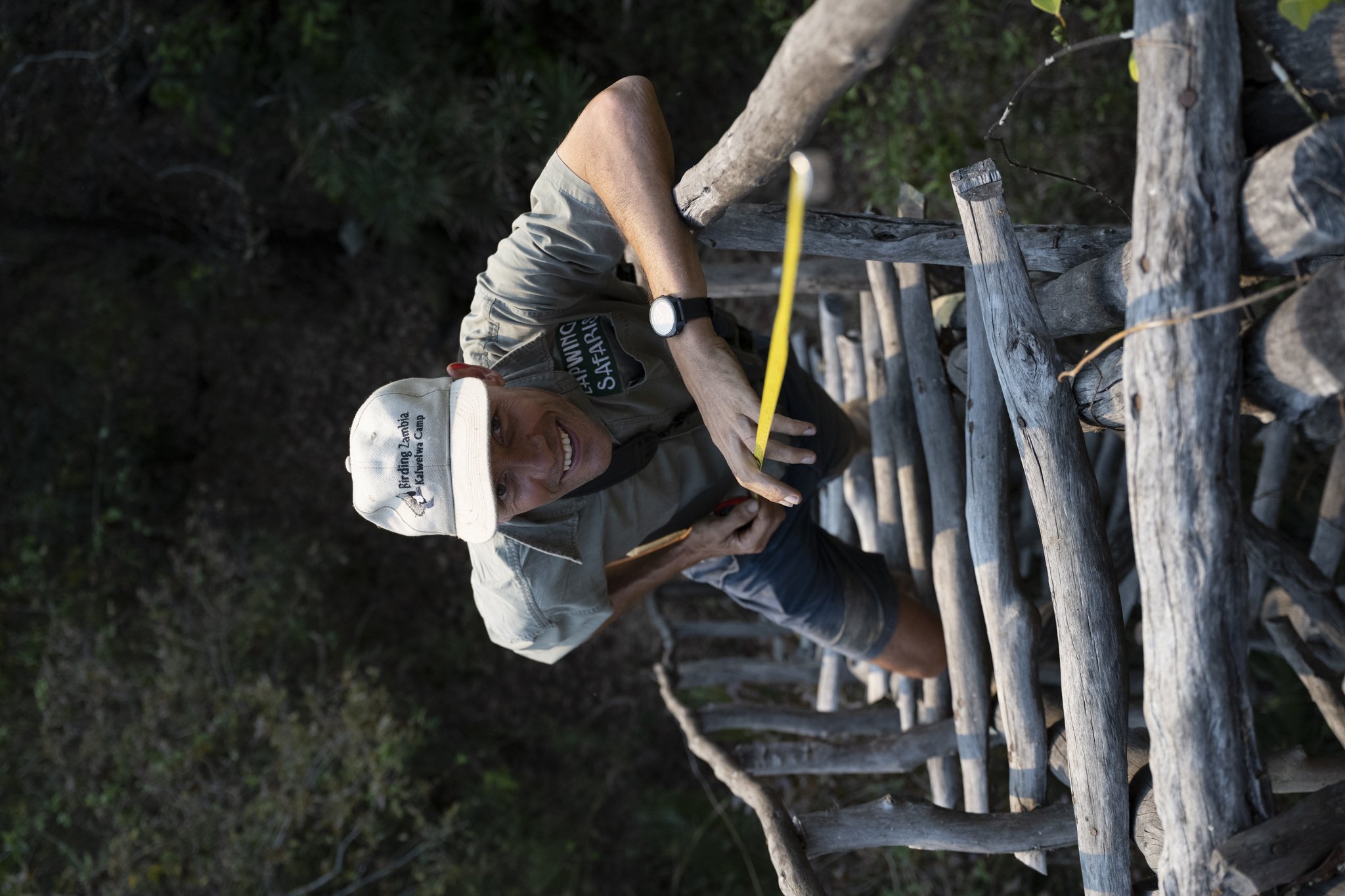

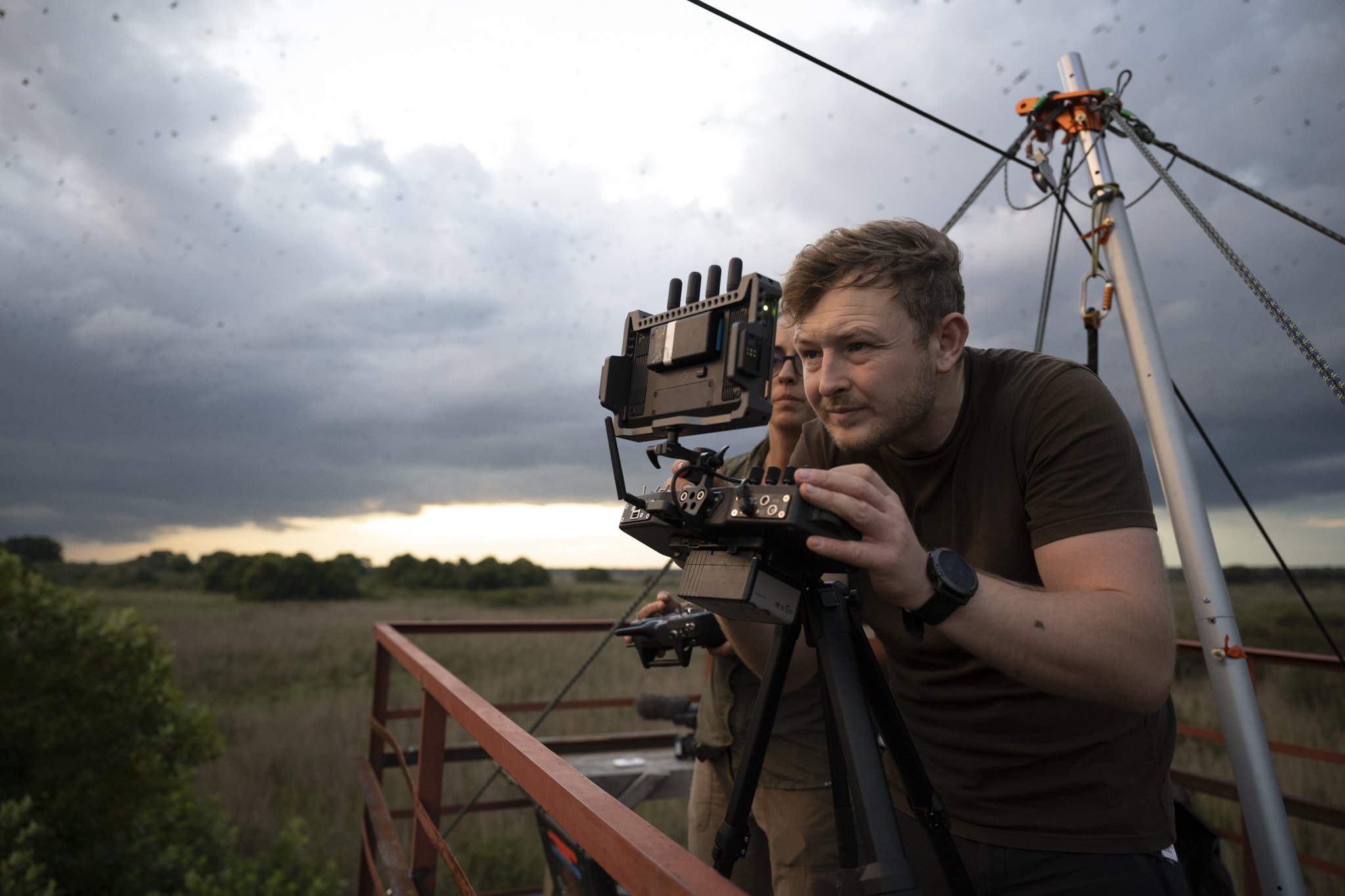
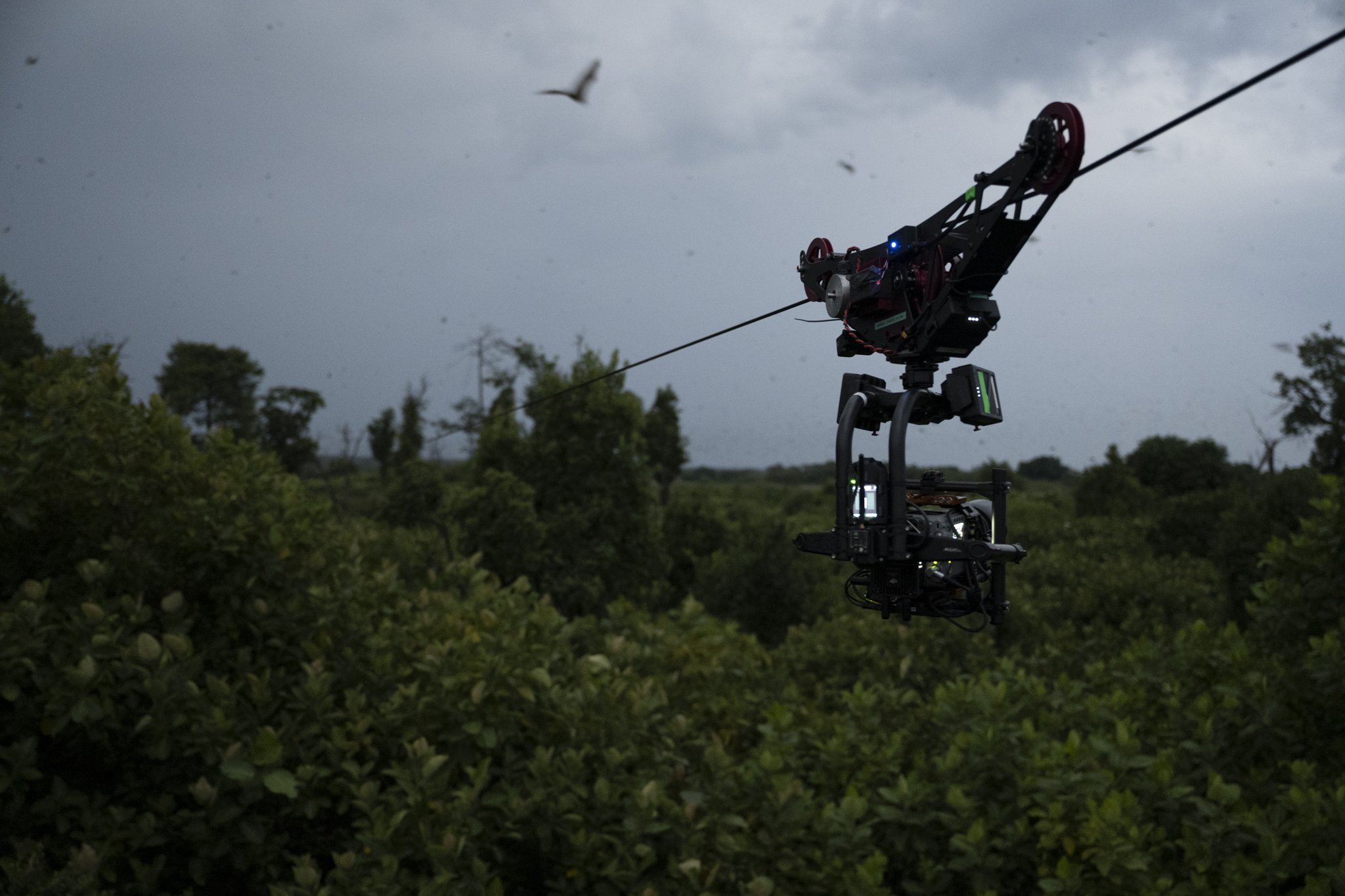





Film shoots offer a welcome change to my normal working dynamic: swapping the all-round individual responsibilities of a tour-guide for membership in a creative team working long hours and putting every effort into a great collective enterprise. I enjoy the basic grunt-work: siting and rigging cameras, lugging all sorts of heavy equipment over the plains, into swamps and even up trees, almost as much as the work I’m actually signed up for: getting into the minds of wild creatures and helping the big moments to happen. Patient, careful observation is the order of the day and it’s always rewarded.
On David Attenborough’s latest series “Mammals”, recently screened on BBC One, I joined the crew in Kasanka National Park filming the annual migration of some ten million fruit bats for the “Forest” episode. One memorable bit of grunt-work was rigging a 140m rope through the forest for a “cable dolly” – a moving camera – to run along. There was some urgency as we needed to have it in before the bats came into that part of the roost and the migration had already started. From a viewing platform at the forest-edge we identified the perfect anchor for our rope: a water-berry tree rising out of the unbroken green mat of the swamp figs at exactly the right distance. Going in and tying the rope to it looked absurdly easy but having wormed my way through this forest many times, I knew that under the benign-looking fresh green canopy was a dense lattice of thick branches rising from knee height to way over head-height, offering very few human-sized gaps. While Olly, the rope-access specialist and Nyambe, the scout geared up to go in I took my time up on the platform studying the shapes of all the trees around our target, as they were the only landmarks we would have, and imagining them from different angles. My fussing may have raised eyebrows but it wasn’t long before my fears were realized and we found ourselves forced way off course and starting on a very wide circle - much to the amusement of the rest of the team waiting on the platform, who could hear our clumsy progress. 140m became 400m. My re-imaginings of the landscape from different angles soon came in useful as I periodically had to force my way up into the branches to poke my head out of the canopy and then scratch it furiously to work out where we were.
Once we were at our tree with the rope tied, we needed to find a suitably open spot for a drone to land and take off, as the other end needed to be carried back to the platform over the canopy. By the time the drone was hitched to the rope and ready to fly it was getting dark. We switched out head-lamps on for the final nips and tucks, the drone started to whir and… with astonishing suddenness, we were at the centre of a swarm of huge, blood-sucking “hippo flies”. I’ve never seen anything like it. I assume the buzz of the propellers sounded to them like a hundred more hippo flies, which meant a windfall of mating opportunities. Our torches only made it worse and the team on the platform watching through the drone’s camera had a few more laughs at our expense as we batted off the aerial attackers.
As the season progressed and more and more the bats arrived, we couldn’t get into any part of the forest during the day, without potentially causing a disturbance. This meant waiting until it was completely dark and they were all out feeding, before approaching the forest. One tree near the edge was always heavily laden with bats and cinematographer Tom Ross decided to set up a static camera on a neighbouring branch. This time we faced more than a cloud of hippo flies: the first big storm of the season was sweeping in as we climbed into position. I was up on the branch setting the camera while Tom gave me instructions and handed up the parts. By the time I was ready to make the fine adjustments to get it level, the rain and the wind hit. It was impossible to read the level through the pouring sheets of water and the whipping wind so I made the best guess I could and then scrambled down the tree. It is a measure of the trust Tom had in me that he set out next morning in full confidence that it was in working order. I was on another job by that time but I had my radio on when he gave it a test and his anguished howl came over the airwaves: “The camera’s drunk!” That night we had better weather and I was able to set it to rights.
As the shoot progressed I was able to get into the other side of film-work that I really appreciate: observing nature for hours on end. To capture the eagles hunting the bats I was partnered with cameraman John Aitchison. We each worked from a raised platform at opposite ends of the forest. Mine gave a panoramic view over the area while John had a spot closer to the action near the centre of the roost. My job was to keep John in the loop whenever raptors showed themselves, while he waited ready to film their attacks. The birds were spectacular to watch: African Crowned, Martial and African Fish eagles had many successes, while the Booted Eagle made spectacular dives from dizzy heights, but never caught a bat while I watched. Crowned Eagles hunted from below the canopy and often the only sign that they were on the prowl would be a sudden panic among the bats, before they popped out onto a branch with the prey already in their talons. Martials were easier to follow as they favoured high, exposed perches and swooped onto the bats from above, catching them in the air.
Of course nothing goes up that doesn’t have to come down again and that includes cable-dollies, spotters and cameramen. All too soon the shoot was over and we were down from the hides and worming our way back through the figs to undo all Ollie’s rope-work and pack it into my trailer for the road-trip back to Lusaka. The creative team dissolved and our ‘great collective enterprise’ began the migration from it’s birth in the Zambian forest, to its next evolution in the darkened editing studios of Bristol.
Acknowledgements
Many thanks to Ollie Laker for allowing me to use a few of his photos.
Thanks to Kigelia Solutions for making this job available to me.